I read somewhere in a book the folk song “January is the month of partying”, but it seems like my mother’s saying “January is the month of eating and playing” is more deeply imprinted in my mind.
At that time, farming work was leisurely, but the farmers’ hearts were not at ease. When the rice fields were in full bloom, any family that still had enough rice to eat was very happy, waiting for the harvest season to come. There would be nothing joyful when the rice in your room was reduced a little bit each day and gradually hit rock bottom. The harvest season was far away, meaning that worry would continue while we children competed to eat like “silkworms eating leftovers”, our stomachs were like bottomless barrels, not knowing what it meant to be full.
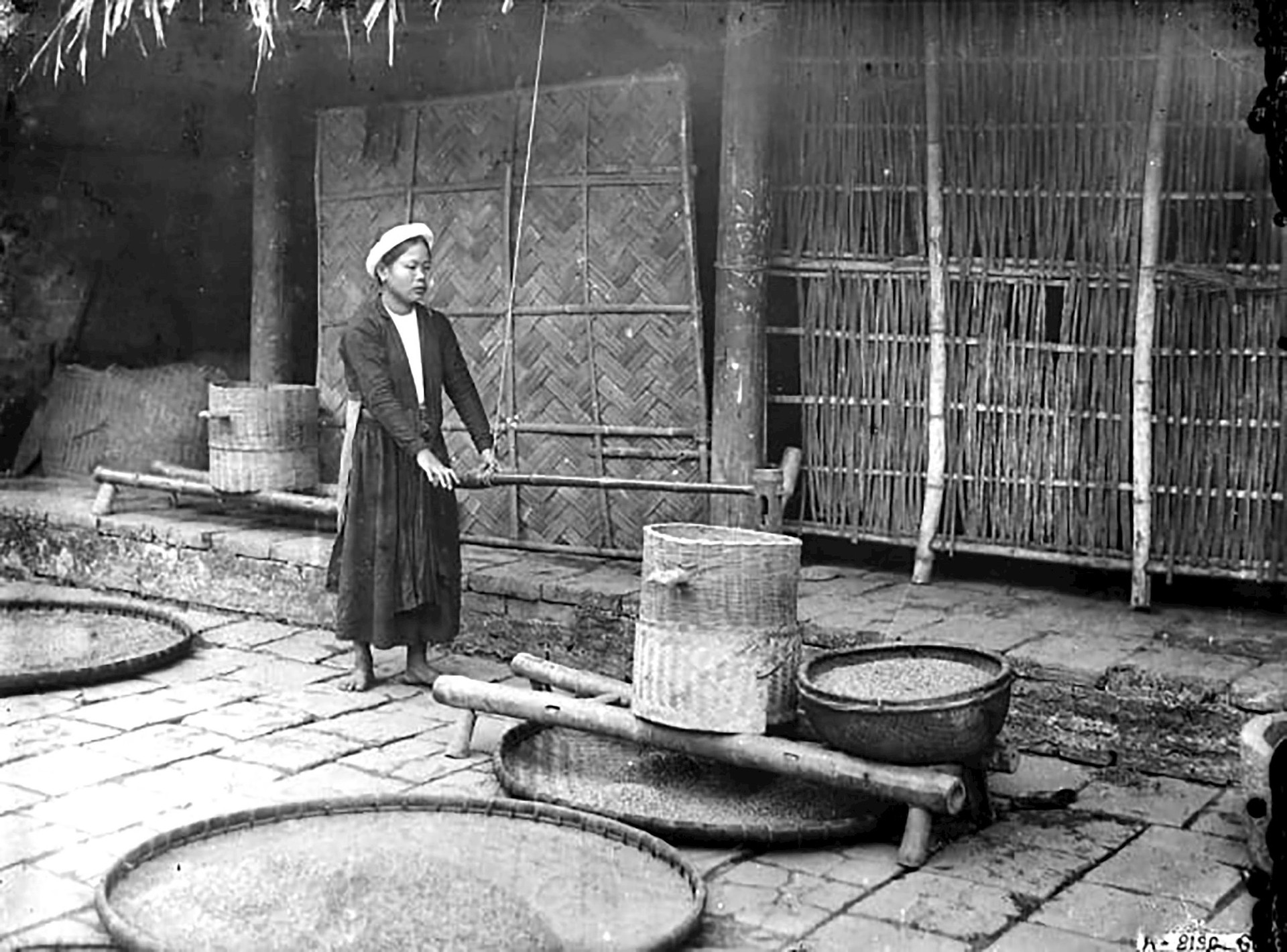
It is not by chance that this morning I remember the deprivation of those long-ago years. My neighbor is complaining that she eats so little these days, that she can never finish a bag of rice bought from the supermarket. She seems to be bored with well-polished white rice and is hoping it will go away soon so she can switch to unpolished rice, with the hull still intact.
I heard that type still retains many nutrients that are beneficial to health. White rice is no longer the only choice, brown rice with only the husk removed is also the type chosen by many people. I suddenly feel very lucky that life has changed today, food and clothing for many people are no longer a constant worry.
The story my neighbor told me this morning reminded me of the heavy rice mill in my smoky kitchen. Milling rice is a hard work, it takes a lot of strength and patience to have a bowl of white and soft rice.
The thought that people back then liked to eat fake rice ran through my mind like a flash of lightning. If that had happened, the shirt my sister used to wear back then wouldn’t have been constantly wet on her back every time she ground rice and I probably wouldn’t have known about the “ceiling fan” made from a large piece of reed hung on the beam of the smoky kitchen. Every time my parents or siblings ground rice, I used the rope tied to the reed to pull it back and forth. The movement of the reed created a wind that carried black soot particles.
That giant “fan” made me have a wishful thinking, if only my family had a windmill like the one that Don Quixote of La Mancha fought with in the storybook I often read. Then the kitchen would always have a cool breeze and my parents and siblings would no longer have to be the ones to “grind the rice into bran” but still have enough white rice for the whole family to eat.
A bowl of white rice like cotton for many years has been the dream of many families, including mine. Those old days come back to me with the slow, laborious and patient hum of the rice mill in the small kitchen. If the sound of pounding rice can be heard far away to the neighbor's house, the sound of the rice mill can only be heard when you get there.
Usually, I prefer pounding rice over milling rice because pounding rice does not require the same flexibility and dexterity as a rice miller. Honestly, my skinny body is not strong enough to make the mill move as I want.
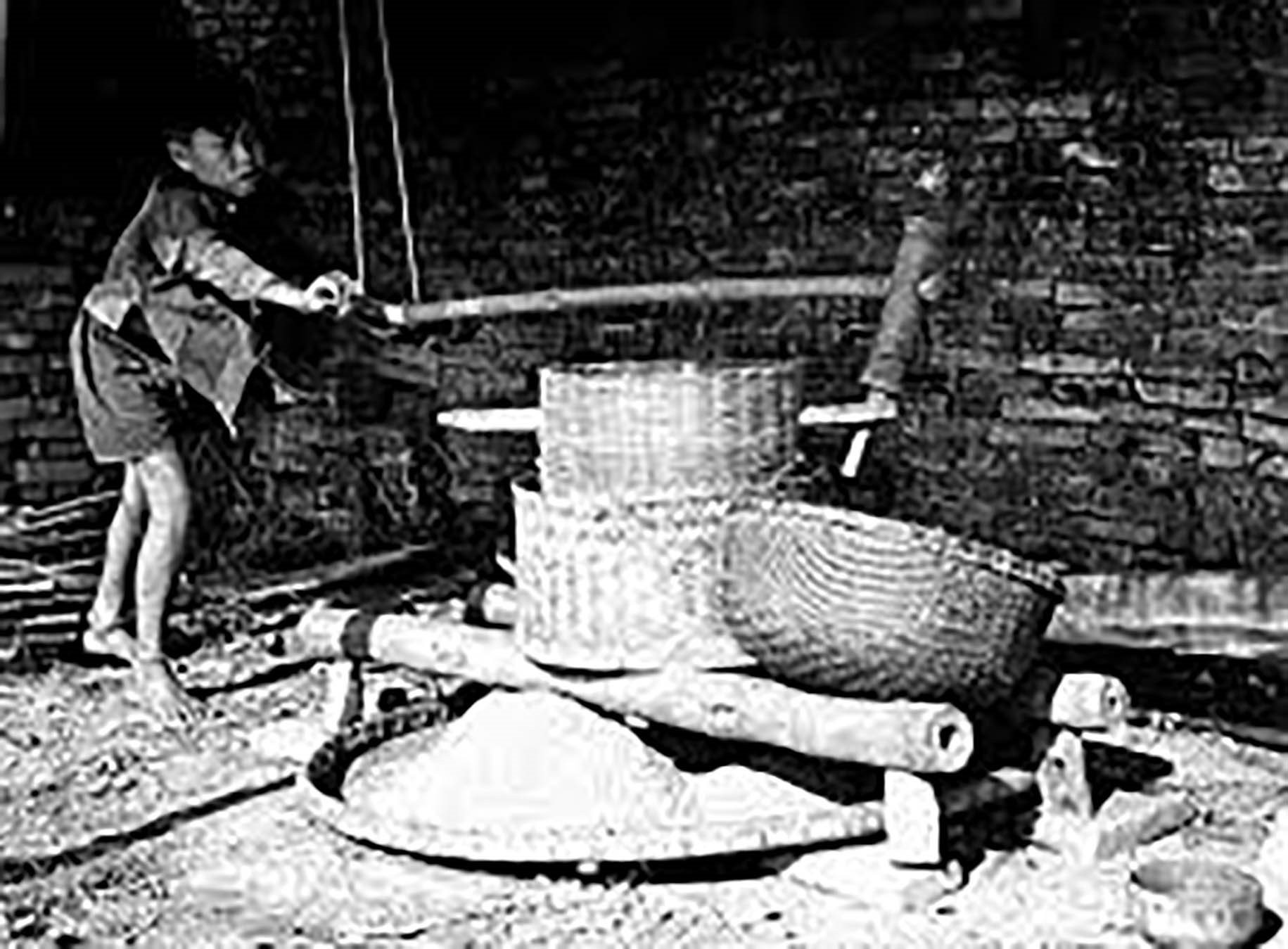
At that time, my village was as poor as many other villages, it had been a long time since the appearance of oil-powered rice mills, each time they started, they would spew out thick black smoke. A family had to be very “well-off” to have a rice mill. These objects represented the prosperity of a home. Perhaps because it required a considerable amount of savings, while the life of a farmer was a daily struggle, not something that could be obtained in a day or two.
We were quite proud back then that our family did not need to go to the neighbors to help them grind rice. If I remember correctly, from when I was a child until I grew up, that is, when the neighboring village had a rice mill, our family only used one rice mill. Every time it wore out or broke, my parents only dared to hire a repairman to fix it. There was no money to buy a new mill.
In those days, during the off-season, my village often had the cry of “Who wants to build a mortar…” echoing in the small alleys. Skilled “deputy mortar makers” were always sought after, sometimes before one house was finished, another house would ask them to come and work.
The tools he brought with him were two huge pots filled with wood chips as big as several fingers put together, in which I remember there was a very large earth hammer, which was used to break up the clay and knead them into a smooth, pliable mass. The slightly smaller mallet would be used by the deputy to wedge the wood chips into the clay mortar. Those wood chips were wedged in a certain row, it would skillfully help turn the paddy into rice grains.
We enjoyed watching the deputy mortarman work, but we were very wary of the two large pots he always carried.
My friend told me that the basket once carried a child who was always crying and sulking. It seemed that the child was naughty so it was carried and sold for money. Thinking about that scary basket, I suddenly stopped being so stubborn and my sister also stopped bullying me.
In my neighborhood at that time, if anyone built a new mortar, the whole neighborhood would know. The day to build the mortar had to be a “good” day, with sunny weather and especially on the “eighth day of the third month” when farming was off, and busy farm work had been put aside. It would be lucky to meet skillful and careful workers, the finished mortar would turn smoothly, lightly, and smoothly, the rice grains would not be “raw” or “broken” - this was what both the owner and the worker wanted. The day the mortar was completed was no less important, many families would slaughter chickens, make sticky rice, share it with their neighbors, and then respectfully pay the assistant mortarman. The mortar was considered an official member of the family, and each time it was finished, it was carefully cleaned to avoid rats and cockroaches from crawling in and dirtying the mortar.
However, after a long time of use, the mill would encounter some problems. Its shaft might be worn out, the cutting board might break, the wedge might come loose, or the mill cover might come off. At that time, the whole family would wait for the miller more than for Mom to come home from the market. If we saw him on the street, we would quickly bring him home so that our parents could ask him to fix it.
Until I grew up, I could never move the rice mill without someone's help, simply because it was too heavy. Later, when my hometown had families using machines to mill rice, the rice mills and pounders completed their mission and rested in the smoky kitchen.
The random story from this morning made me search my memory for the now-lost cry: “Who wants to grind…” of the old deputy miller. The heavy rumbling sound of the mill, filled with hardships during the late nights or hot afternoons, has now sunk into oblivion.
Source: https://daidoanket.vn/ru-ri-coi-xay-lua-10280858.html



![[Photo] Editor-in-Chief of Nhan Dan Newspaper Le Quoc Minh received the working delegation of Pasaxon Newspaper](https://vphoto.vietnam.vn/thumb/1200x675/vietnam/resource/IMAGE/2025/9/23/da79369d8d2849318c3fe8e792f4ce16)
![[Photo] Prime Minister Pham Minh Chinh chairs the 14th meeting of the Steering Committee on IUU](https://vphoto.vietnam.vn/thumb/1200x675/vietnam/resource/IMAGE/2025/9/23/a5244e94b6dd49b3b52bbb92201c6986)
![[Photo] The 1st Congress of Party Delegates of Central Party Agencies, term 2025-2030, held a preparatory session.](https://vphoto.vietnam.vn/thumb/1200x675/vietnam/resource/IMAGE/2025/9/23/e3a8d2fea79943178d836016d81b4981)
![[Photo] General Secretary To Lam meets voters in Hanoi city](https://vphoto.vietnam.vn/thumb/1200x675/vietnam/resource/IMAGE/2025/9/23/d3d496df306d42528b1efa01c19b9c1f)


















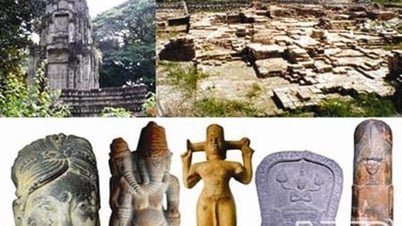

























































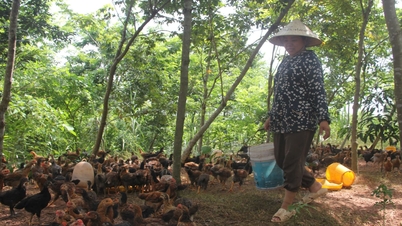


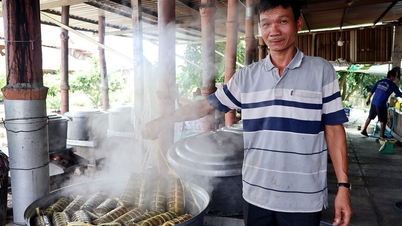








Comment (0)